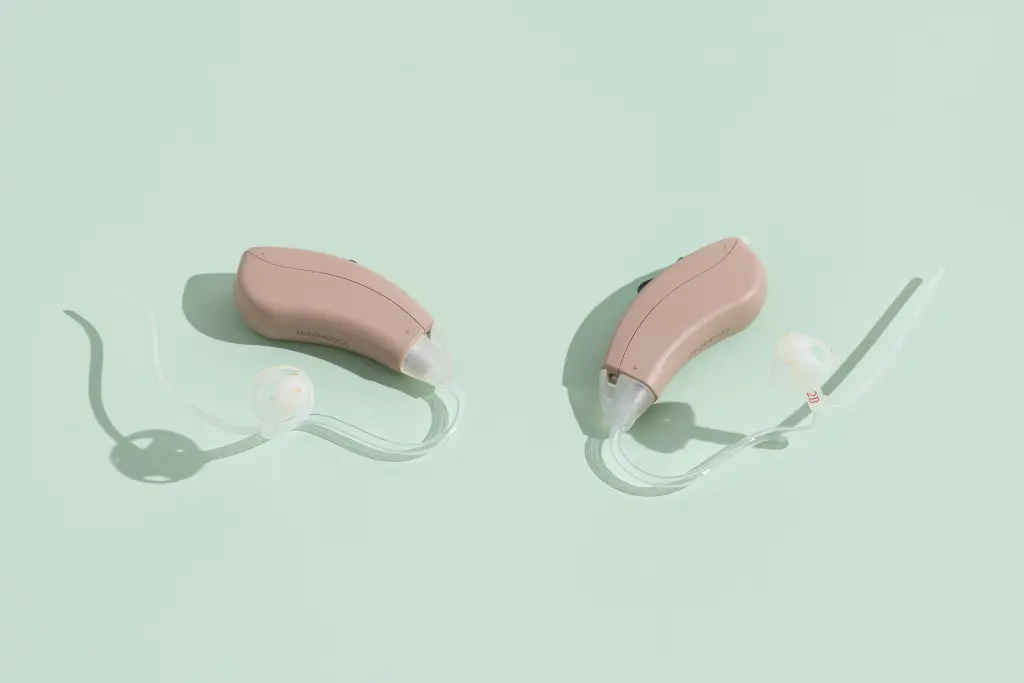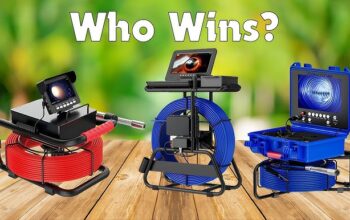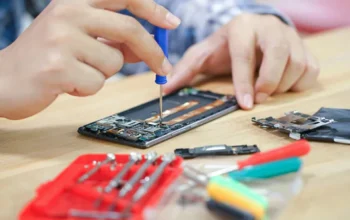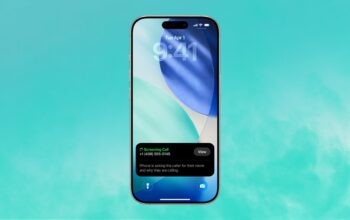Hearing difficulties can make simple interactions, such as chatting with friends or participating in family discussions, feel frustrating and isolating. While traditional hearing aids have long been the most common solution, not everyone is ready or able to make the investment in these devices. This is where alternatives come in, offering accessible options for those seeking more affordable and convenient ways to improve their hearing.
One option gaining attention is the Hearing Aid Alternative, designed to provide support in everyday listening situations. These devices can enhance sound clarity in conversations, meetings, or social settings, making them a practical choice for many individuals who want an introduction to hearing assistance without the expense of prescription hearing aids.
Improving Clarity in Conversations
Everyday conversations can be challenging for people with hearing loss, especially when background noise is present. Alternatives are designed to amplify voices and reduce distractions, helping users focus more on the speaker. This clarity can improve confidence during social interactions and make communication feel more natural.
Cost-Effective Hearing Support
For many people, the high cost of traditional hearing aids creates hesitation. Alternatives are generally more budget-friendly, offering a way to experience improved hearing without a large financial commitment. This affordability makes them an attractive first step for individuals who want to test whether amplification improves their quality of life.
Convenience and Accessibility
Unlike prescription hearing aids, which require hearing tests and fittings, alternatives are often available for immediate purchase online or in stores. This ease of access makes them especially appealing to people who want a quick solution to support conversations at work, in restaurants, or at home.
Flexibility in Use
Not everyone needs hearing support throughout the entire day. Some individuals only struggle during group discussions, while watching TV, or when talking in noisy environments. Alternatives offer the flexibility to be used as needed, rather than being worn full-time, which adds to their practicality.
Ease of Adjustment
For first-time users, adjusting to amplification devices can take time. Alternatives are often simpler to operate, with basic controls for volume and sound settings. This user-friendly design allows individuals to get comfortable with using hearing assistance before considering more advanced devices.
Technological Features
Modern alternatives have come a long way from basic amplifiers. Many now include noise reduction, rechargeable batteries, and ergonomic designs that enhance both performance and comfort. These features make them more effective for everyday conversations than older models.
Building Social Confidence
Struggling to follow conversations can lead to feelings of isolation and withdrawal from social settings. By improving clarity and reducing frustration, alternatives can help individuals re-engage socially, boosting confidence and overall well-being.
Understanding Personal Needs Before Upgrading
Trying an alternative first gives individuals a clearer sense of how hearing assistance fits into their daily lives. This experience helps them evaluate whether they need the advanced customization of prescription hearing aids or if an affordable solution meets their needs for conversations and casual interactions.
Conclusion
Hearing aid alternatives can indeed work for everyday conversations by improving clarity, providing cost-effective support, and offering convenience for situational use. While they may not fully replace prescription devices for severe hearing loss, they serve as a valuable starting point for many individuals. By easing communication in daily interactions, these alternatives help people maintain stronger connections and enjoy more fulfilling conversations.




